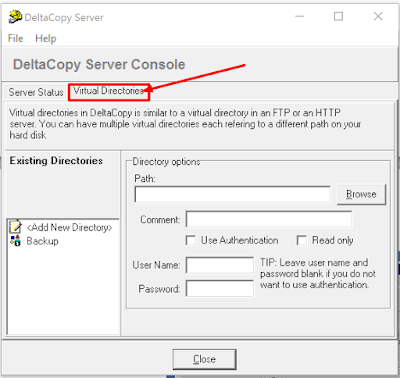How to setup Nginx, My SQL, PHP enabled on Centos 6.7
How to setup Nginx, My SQL, PHP enabled on Centos 6.7
1. Update the yum
repository as the Nginx is not directly available from Centos
# yum install
epel
2. Install MySQL
with dependencies
# yum install
mysql-server
3. Once the MySQL
installation is completed start the MySQL services.
# service mysqld start
# sudo
/etc/init .
4. We can secure MySQL by running this command, we can
alse setup root password
#
/usr/bin/mysql_secure_installation
Enter current password
for root (enter for none):
OK, successfully used
password, moving on...
Since we have installed the MySQL just now we dont
By default, a MySQL
installation has an anonymous user, allowing anyone
Remove anonymous
users? [Y/n] y
... Success!
Normally, root should
only be allowed to connect from 'localhost
Disallow root login
remotely? [Y/n] y
... Success!
By default, MySQL
comes with a database named 'test' that anyone can
Remove test database
and access to it? [Y/n] y
- Dropping test database...
... Success!
- Removing privileges on test database
... Success!
Reloading the
privilege tables will ensure that all changes made so far
Reload privilege
tables now? [Y/n] y
... Success!
Cleaning up...
All done! If you've completed all of the above steps,
your MySQL
Installation should
now be secure.
Thanks for using
MySQL!
5. Make the MySQL start by it self
# chkconfig mysqld on
6. Install the Nginx and dependencies using this command
# yum install nginx
7. Once the nginx wont
# service nginx
8. Making it self
# chkconfig nginx
9. We can check the working status of nginx
# ifconfig eth0 | grep inet awk { }
Open any browser and check https://your-ip-address
10. Installing PHP, the php fpm localted REMi repositoty
# yum install php fpm php
11. Configure the PHP
# vi php ini
If this number is kept as a 1, the php
12. configure nginx
# vi ngin . conf
Raise the number fo
# vi . . conf
The sample config files looks
#
# The default server
#
server_name example.com;
}
error_page
404 /404.html;
}
error_page
500 502 503 504 /50x.html;
}
# pass the PHP scripts to FastCGI server
listening on 127.0.0.1:9000
#
fastcgi_pass 127.0.0.1:9000;
fastcgi_index index.php;
fastcgi_param SCRIPT_FILENAME $document_root$fastcgi_script_name;
}
}
These are the
details of the changes:
Add index.php within the index line.
Change the server_name to your domain name or IP address
(replace the example.com in the configuration)
Change the root to /usr/share/nginx/html;
Change the root to access the actual document root,
/usr/share/nginx/html;
Change the fastcgi_param line to help the PHP interpreter
find the PHP script that we stored in the document root home.
Save and Exit
13. Open the /etc/php . conf
# sudo vi
/etc/php-fpm.d/www.conf
Replace the apache
in the user and group with nginx
[...]
; Unix user/group of
processes
; Note: The user is
mandatory. If the group is not set, the default user's group
; will be used.
; RPM: apache Choosed dir httpd
; RPM: Keep a group
allowed to write in log dir
[...]
14. Finish by restarting php fpm
# sudo php fpm
# chkconfig php
Checking the Nginx and PHP configuration
15. To check the configuration create file
# sudo vi
Add in the following lines in the info.php file:
<? php
?>
Then Save and Exit.
Restart nginx
# sudo
Keywords, LAMP, Nginx, SQL, PHP, PHP-mysql, Webserver, Nginx Webserver


Comments
Post a Comment